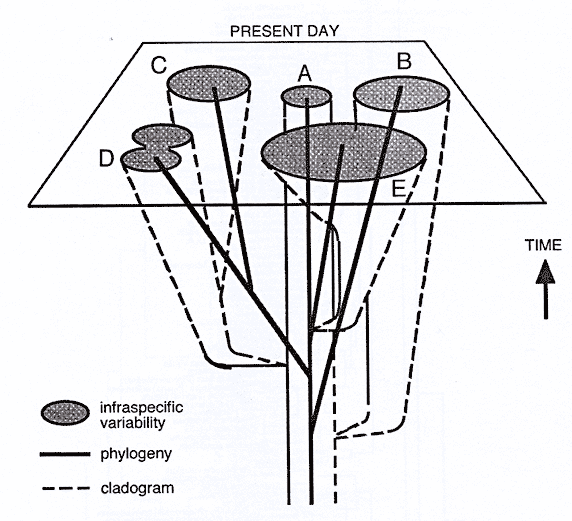
In an essay about the taxonomic mess with European orchids, Richard Bateman stresses the importance to develop clear criteria for classification instead of individualistic conclusions. The article titled “Evolutionary classification of maximising explicit evidence and minimising authoritarian speculation” (In: Journal Europäischer Orchideen, Vol. 41/2, July 2009) explains how a monophyletic classification (i.e. a classification with a group of organisms forming a clade with a common ancestor and comprising all the descendants of this ancestor) can be derived from the phylogeny (evolution) of species.
Bateman recognises the value of morphological characteristics, but stresses that molecular data should be the main source for a scientific taxonomy. He criticizes that other classifications are often only “the result of personal opinion” and says: “21st Century data are being constrained by voluntarily retaining an 18th Century approach to biological classification”. Regarding taxonomic debates about the genera Dactylorhiza/Coeloglossum, Neottia/Listera or Gymnadenia/Nigritella he complains: “Authors decide which names they will accept and which they will reject from the many classifications already available, as though they were selecting products from the supermarket shelves.”
Arguing for clear rules founded on molecular research, Bateman also mentions the “origination of white-flowered individuals in many orchid lineages” as a result of a convergent evolution – this term describes the development of similar features with species who have no genetic relationship, often initiated by functional or environmental adaptation. But is there really such an adaptation when orchids develop white flowers, “achieved by suppressing any one stage in the biosynthetic pathway that generates anthocyanin pigments”? And what would be the object of such an adaptation?